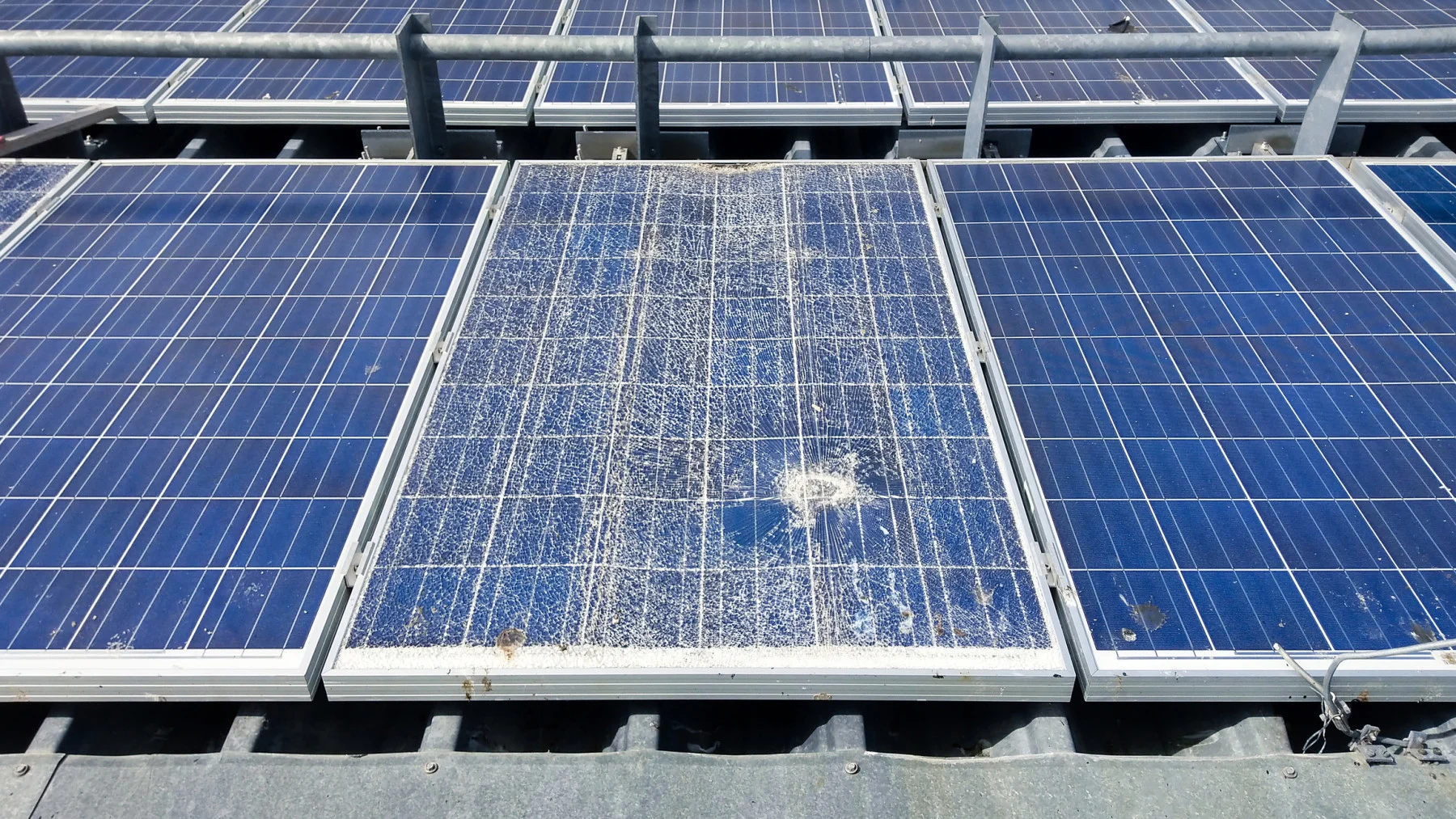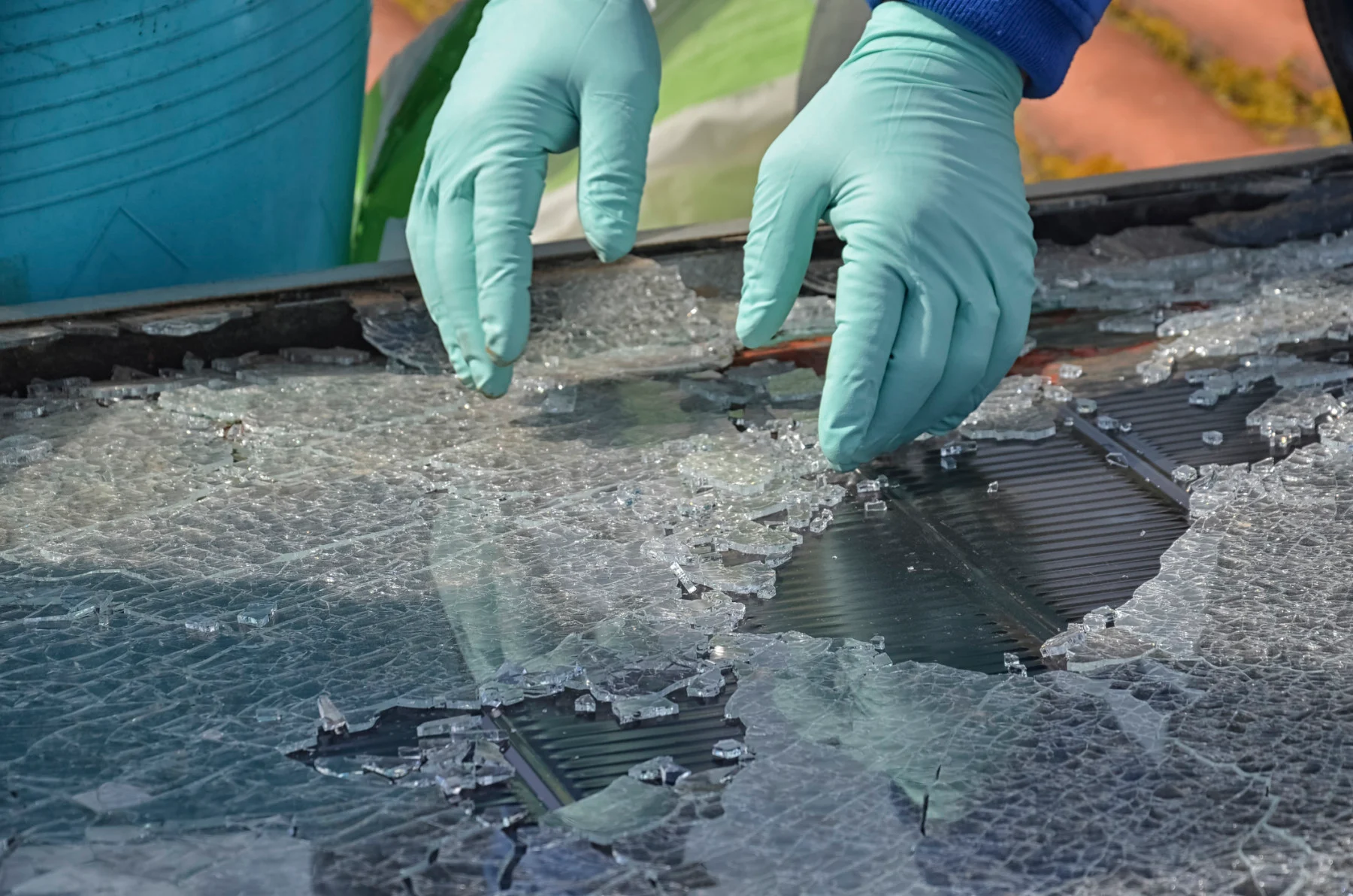
What happens to all those solar panels when they die?
New technology has arrived to save us from a future of solar panel waste.
The rise of solar power as the major energy source of the future comes with a few serious obstacles. The first is acquiring the raw materials to make solar panels, the second is solar panel waste.
Both of these issues could be alleviated, at least somewhat, with the widespread adoption of solar panel recycling.
The photovoltaic (PV) cells that convert sunlight into electrical energy on solar panels are made using certain minerals — like cadmium — a process that is polluting local regions and has a carbon footprint during the mining, shipping, and manufacturing stages.
What’s more, the solar industry relies heavily on polysilicon, a key ingredient in the majority of solar panels, which is most abundant in China’s Xinjiang region, where the Chinese government has been carrying out an ethnic genocide against the Uyghur Muslim minority.
End-of-life disposal of solar panels, which have a 25 year lifespan, may prove even more of a challenge. While solar panels accounted for only 250,000 tons of waste worldwide in 2016, projections show that that number could climb to as much as 78 million tons by 2050.

A technician collecting the glass of a destroyed solar panel. (Lineas 1703/ iStock/ Getty Images Plus)
Solar panel recycling would address the issue at both ends of the life-cycle, replacing the need for some raw material with recycled sources and significantly reducing the amount of waste.
“Recycling closes the loop for solar panels and makes solar panels truly green,” Professor Meng Tao, of Arizona State University, told The Weather Network (TWN).
Tao, a leading authority on developing systems for solar panel recycling, highlighted the multiple problems associated with sending the panels to landfills.
Tao explained, “First, it counteracts their ‘green’ intention. Second, landfilling is unsustainable. Raw materials are used once and then thrown out, eventually depleting raw materials. Third, it creates an environmental hazard as solar panels contain toxic lead.”
Another leading expert in the field, Professor Vasilis Fthenakis, of Columbia University Center for Life Cycle Analysis, explained the benefits recycling would have at the beginning of a solar panel’s life-cycle.
“Having a secondary supply of materials in addition to the primary one, will reduce the overall cost of raw materials,” Fthenakis told TWN.
Tao added, “Proper management of the entire life cycle of solar panels from cradle to grave is needed here. Solar panels have been designed for efficiency, reliability, and low cost, but seldom for recyclability and circularity.”
“In many cases efficiency, reliability, and cost benefits are achieved at the expense of recyclability and circularity. Unfortunately this practice is still going on. This is part of the reason why today’s solar panels are difficult to recycle,” Tao explained.
Despite the obstacles, researchers at the Fraunhofer Center for Silicon Photovoltaics in Freiburg, Germany, this month successfully made PV cells from 100 per cent recycled silicon.
In a statement, project manager Peter Dold noted that the novel process the team has developed could be used by any manufacturer to recycle parts of the panel that contain crystalline silicon.
Dold added the importance to the team of developing a “scalable process that makes economic sense.”
This is significant, as the biggest challenge to widespread adoption is economics. Fthenakis said, “Widely adopted recycling would be needed to result in the scales and infrastructure that would make recycling profitable or at least of insignificant cost.”
Tao pointed out other challenges to solar panel recycling, such as “how to extract the multiple materials that have low concentrations in solar panels and how to minimize the problems associated with recycling such as the chemical waste from recycling.”
But he agreed that the central challenge remains financial. “Who will foot the bill for solar panel recycling?”
In Canada, solar panel recycling is in its infancy for just this reason. Perhaps to bolster the industry, there has been a history of hesitancy to classify PVs as e-waste or hazardous, designations left to the provinces.
This has resulted in a lack of impetus to recycle PVs. More incentives to repair or recycle materials, like those provided in the EU, or rules to design panels for recyclability as in Washington State, may ultimately be needed.
As Fthenakis pointed out, “If recycling is not widely adopted then landfill disposal would be the only option and this may carry a higher life-cost.”
Thumbnail credit: Marina Lohrbach/ iStock/ Getty Images Plus
